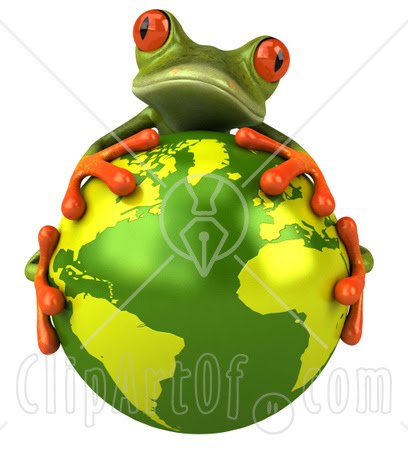
The four types of competition are intraspecific and interspecific competition, competitive exclusion, and resource petitioning. Intraspecific competition is competition between two of the same species. An example would be two girls fighting over one guy. Interspecific competition is referred to as the competition between two different species. For example, a cat and a dog are fighting over one food bowl. In competitive exclusion, one species is out-competing another. For example, native plants excluded the non-native plants out of its habitat. Resource petitioning is a species changing over time to reduce competition. An example would be birds, primates, and bats eating a wide variety of fruits instead of just the ones they usually consume.




